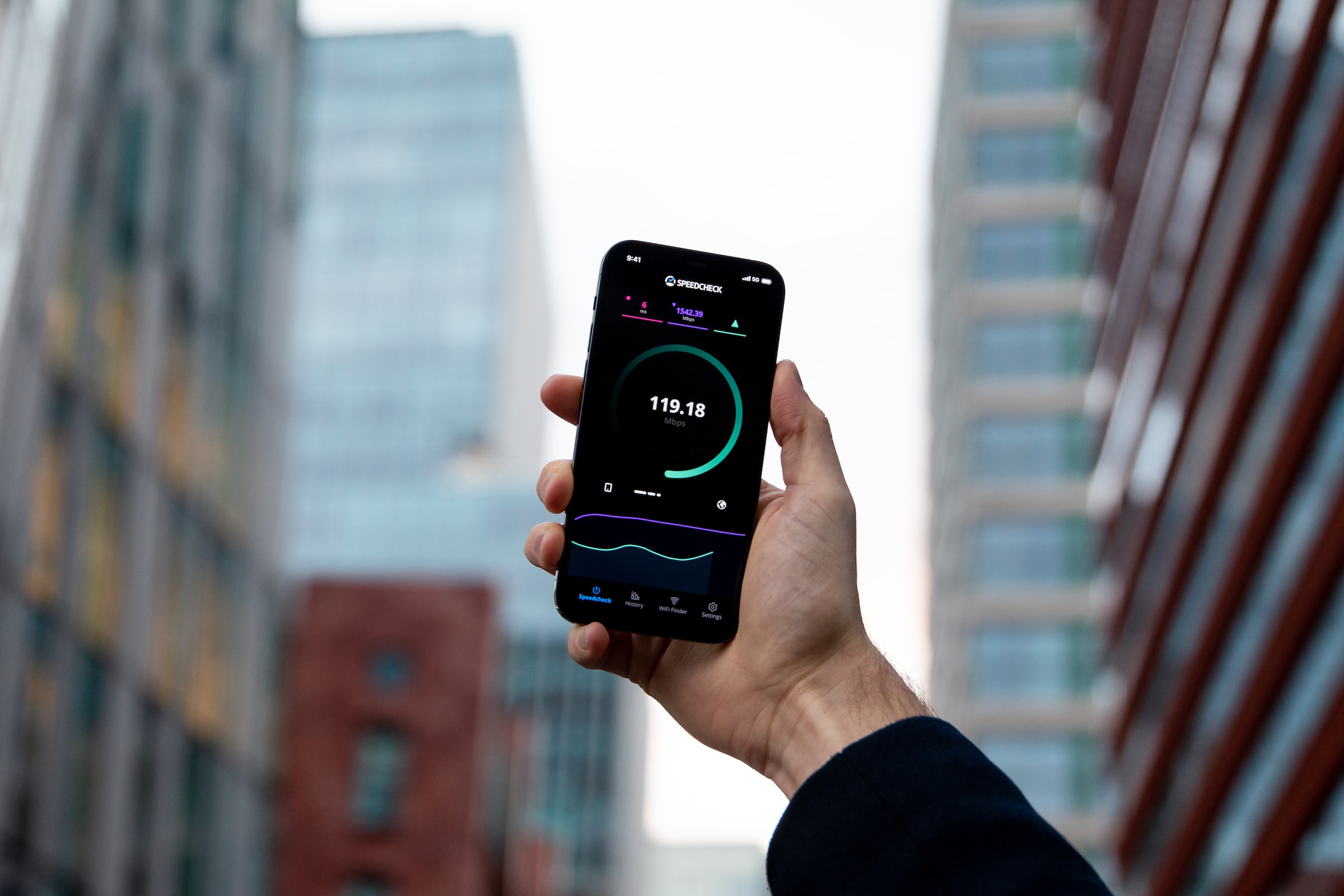Bandwidth refers to the capacity of a network connection to transmit data. It is measured in bits per second (bps). Network bandwidth determines how quickly information can be sent and received over the internet. Just like a wider pipe allows water to flow more quickly, a larger bandwidth allows more data to flow through the network.
In the computer world, the basic unit of storage is a bit, which is a 1 or 0. Bandwidth is typically measured in megabits per second (Mbps), where 1 megabit equals 1 million bits.
Transfer speed, on the other hand, is measured in bytes per second (Bps), with a capital “B” to distinguish it from bits. Bytes are a collection of 8 bits and are used to represent characters in computer systems. Want more on this subject? Check out my post on it!
Ethernet cables, such as CAT-5e or better, have a rated bandwidth of 1Gbps (1 billion bits per second). If you connect your computer to a router using an Ethernet cable, the connection between them can transfer data at up to 1Gbps. However, the connection between your router and the internet service provider (ISP) may have different ratings.
Your ISP provides you with a certain amount of bandwidth that you can use to transfer data between your home and the ISP. This is not the same as the capacity of the connection itself. ISPs often have high-capacity connections to the internet backbone, but they share the bandwidth among their customers. This means that the bandwidth you get from your ISP is the capacity you are renting, not dedicated bandwidth to you alone.
If multiple customers in your area are using the internet simultaneously, the ISP may employ oversubscription. This means they allocate less bandwidth than the sum of what all customers are paying for, assuming not everyone will use their full bandwidth simultaneously. This can lead to network congestion and higher latency.
When comparing Ethernet and wireless connections, it depends on the specific scenario. Ethernet can provide faster speeds than wireless in some cases, as it typically supports 1Gbps or higher. However, modern Wi-Fi standards like 802.11ac can support speeds of up to 3.46Gbps. In your specific case, with a strong 802.11ac connection, wireless is faster than the Ethernet connection available on your router.
Keep in mind that the maximum bandwidth available to you is determined by your ISP. If your ISP provides 150Mbps of bandwidth, the maximum theoretical transfer speed would be around 18.75MBps (Megabytes per second). However, due to factors like network congestion and shared usage in your home, you can expect to achieve around 75% of that speed, approximately 14MBps.
It’s important to remember that bandwidth is shared among users in the same network, so as more people in your home use the internet simultaneously, the available bandwidth for each individual may decrease.


